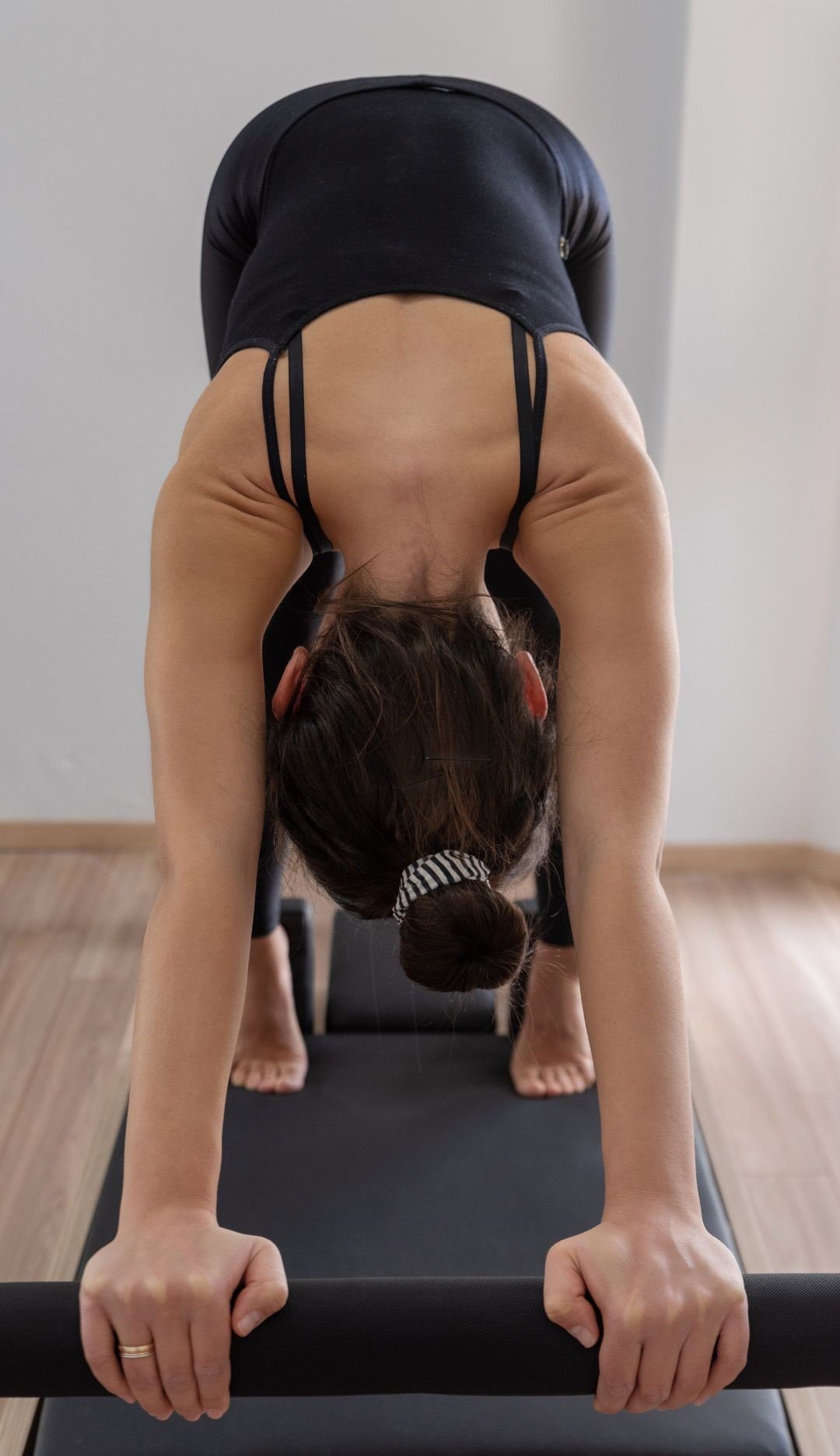Low back pain - the research backed quick wins
Understanding pain and staying active help alleviate low back problems.
“A global epidemic” - this is the description of low back pain prevalence given by World Physiotherapy for World Physiotherapy Day on 8th September. It’s a leading cause of disability for millions. There’s alot of misinformation about it, which can mean we waste precious time and money on solutions. So what really works? Here are 4 key ways to reduce pain and minimise its impact on your lifestyle.
1) Make sense of pain
A Chartered Physio can help you make sense of your pain by looking at how you move, how that impacts pain and where your strengths and weaknesses lie. Reassuringly, Up to 90% of low back pain is ‘non- specific’ - meaning no one structure causes it, and it’s not necessarily associated with underlying damage or disease.
For women, endometriosis, pre menstrual pain, postural changes (e.g. during and after pregnancy) and pelvic floor weakness can affect pain too, so understanding this and addressing it may be important.
2) Make a connection
Connect with your body through activity. Pilates or Yoga can help you focus on particular parts of the body and deepen the mind-body connection. It can also reduce physical and mental tension. They build strength in key postural muscles too.
3) Move well, move often
Exercise has been shown to be the most effective treatment for low back pain. New research shows walking is an easy, free and accessible way to help. The Australian study, published in The Lancet, found regular walking (three to five times a week), progressively increased over time and alongside education substantially reduced low back pain and disability. It also almost halved the number having flare ups within a year. There’s no evidence that one type of exercise is better than others - just being active and staying consistent is the most important thing. Exercises lying on your back or on your hands and knees are the safest if you’re in alot of pain.
4) De-stress
Have you noticed that back pain is better when you’re away from the desk or on holiday?
Stress and anxiety are well known contributors to back pain. It’s not a quick fix, but looking at your lifestyle and making time to be active outside can boost mood. Consider how you best relax, and schedule time for it. This will be different for everyone!
Please note: If pain is severe and unremitting or associated with bowel, bladder or sexual dysfunction, significant loss of sensation or muscle strength, being unwell or traumatic injury seek medical advice.





